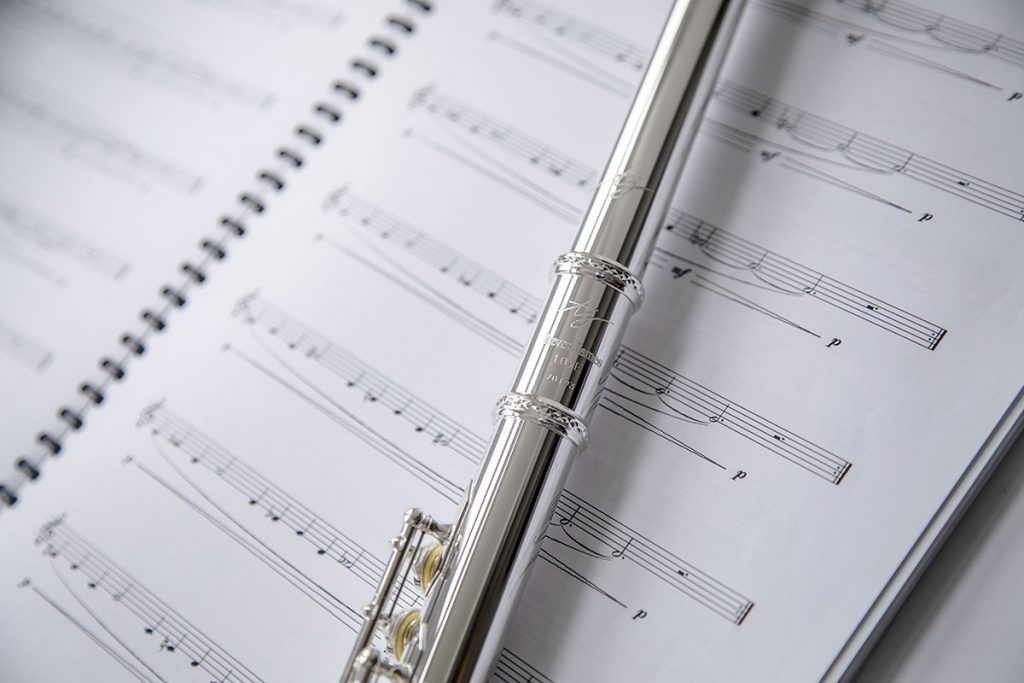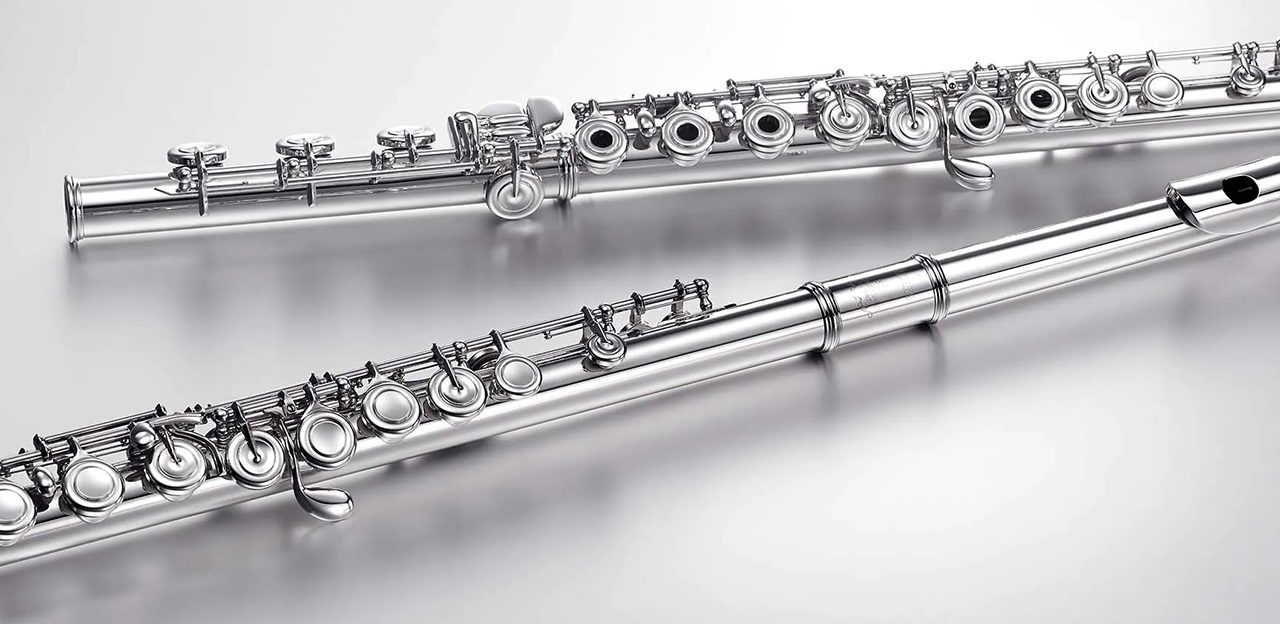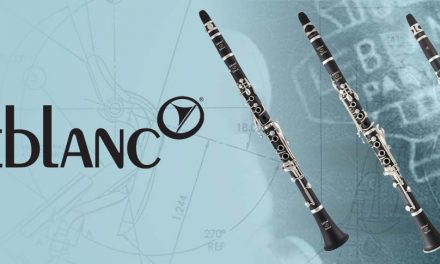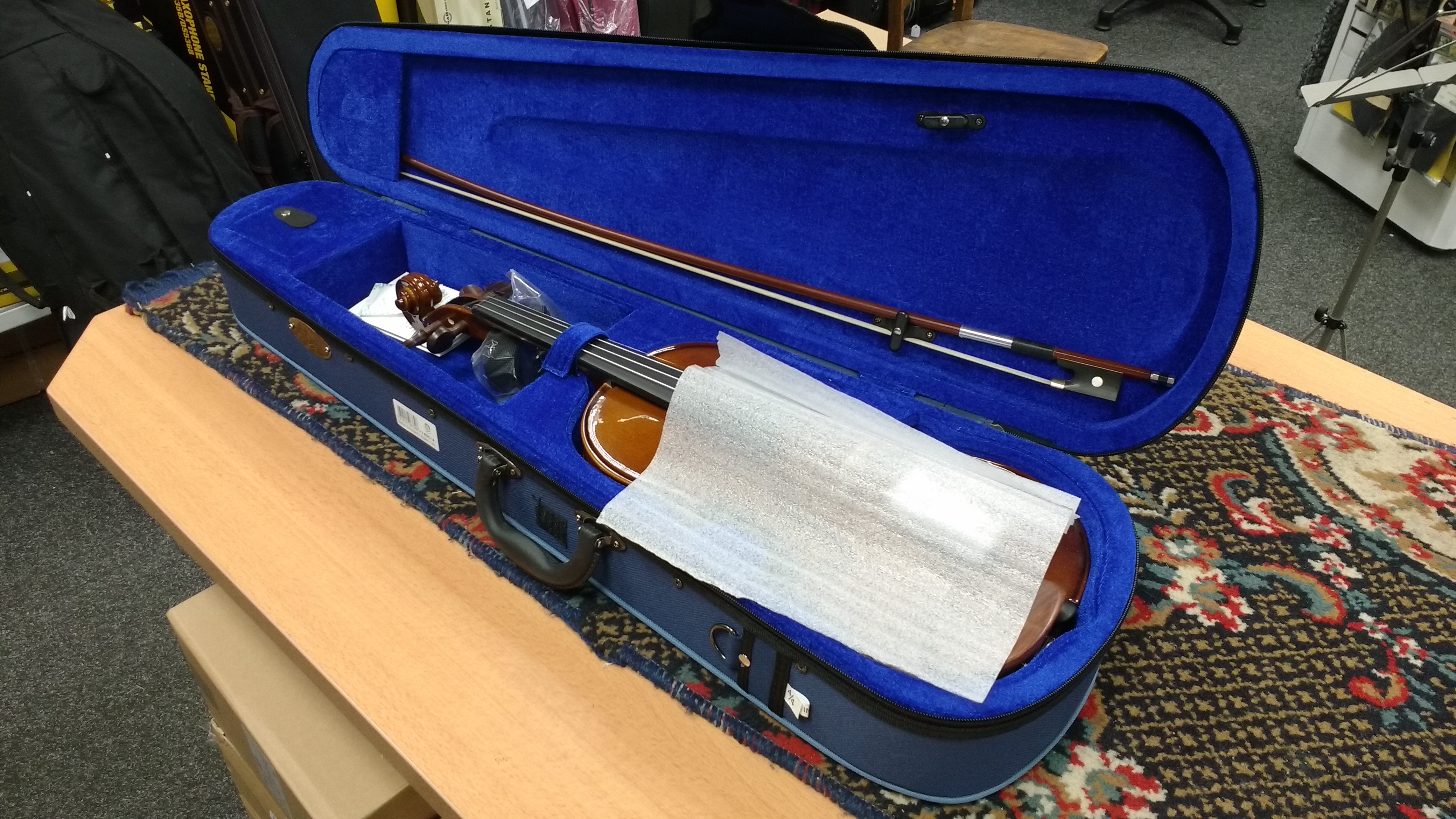Closed or Open Hole Flute
What’s the difference between a closed hole and open hole flute? How does it influence your playing? Which ones should you be trying? Read on for the answers to these questions and more.
What?
First, what’s the difference? An open hole flute has holes in five of the keys and a closed hole flute has solid keys.
Why?
The original Boehm design was a closed hole instrument but the flute players of the day were used to playing wooden flutes, these were basically tubes with holes drilled in, and they felt uncomfortable with this new design. In the 1800s the flute maker Louis Lot began to make flutes with holes in the centre of the keys.

Closed Hole
Common thinking is that the student should start on a closed hole flute. All the keys you press are fully covered with metal and a pad that closes the hole. This is easier than having to worry about the accuracy needed to cover the holes with your fingers allowing the player to concentrate on pressing the right keys and reading the music. Closed hole flutes are also much easier for younger players or players with small hands who may find that their reach won’t cover open hole keys correctly. While closed hole keys are standard for student models they can be found on flutes of all levels including high end professional models.
Open Hole
When you reach grade 6 your teacher may recommend trying an open hole flute if they consider that you are able to manage the open holes. Sometimes, however, it doesn’t suit the student. If you don’t get on with the open hole system, it doesn’t mean you are a bad player. There are still many professional players who prefer using closed hole flutes.
The holes can be plugged at first to aid the transition between closed hole and open hole systems. Play the flute with the holes plugged to get a better idea of tone and you can then train your fingers by removing one plug at a time. Advancing players may find open holes encourage a better hand position, and therefore will improve playing posture.
Extended Techniques
The open hole flute allows variations, sounds and notes that the closed hole player cannot achieve. The open holes allow for micro tones, multiphonics, and slides mainly featured in contemporary or jazz music. Open hole flutes will allow you to manipulate the tone and pitch and permit you to perform bends, scoops and glissandi. These techniques are utilised in many modern styles of music such as jazz, folk, contemporary, popular and improvisation. Alternate fingerings will allow you to use microtones, these are the notes between the notes.
Flutes at Ackerman Music
At Ackerman Music we stock a range of flutes from student to professional quality by Yamaha, Pearl, Trevor Jones, Jupiter and DiZhao.
Click the links below to find more information on the range of flutes carried at Ackerman Music






